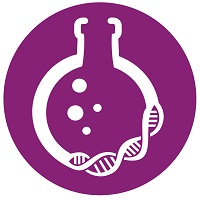Bioanalytics
Rapid Fires: Changing Landscape of Regulated Bioanalysis
Improving Ex-vivo Stimulation Assays for Robust Bioanalysis
Monday, November 10, 2025
3:00 PM - 3:15 PM CT
Location: 221 AB

Tyler Moore, PhD (he/him/his)
Senior Scientist
Celerion
Lincoln, Nebraska
Rapid Fire Speaker(s)
First-in-human clinical trials are increasingly utilizing ex-vivo stimulation assays to assess pharmacodynamic (PD) effect of immunomodulatory therapies. When designed correctly, ex-vivo stimulation assays can supplement phase I safety and pharmacokinetic data with evidence of drug efficacy, thereby accelerating drug development. In this presentation, we describe the impact of matrix, culture media, stimulus, and stimulation kinetics on the stimulation magnitude and precision for the following ex-vivo stimulation assays: cytokine stimulation and STAT phosphorylation (by flow cytometry), polyclonal T cell receptor (TCR) or B cell receptor (BCR) stimulation and activation marker upregulation (by flow cytometry), and cytokine production (measured by intracellular staining flow cytometry and electrochemiluminescence analysis of supernatant), and antigen-specific TCR stimulation (measured by ELISpot). We also describe the challenges and lessons learned from the method development, validation, and analysis of thousands of clinical samples from several ex-vivo stimulation assays to assess the PD effects of immunomodulatory therapies.
Learning Objectives:
- Learn the value of ex-vivo stimulation assays in bioanalysis
- Design and optimize ex-vivo stimulation assays to best measure PD effects for a given therapeutic mechanism
- Identify critical steps for optimizing stimulation magnitude and precision in ex-vivo stimulation assays
- Scale ex-vivo stimulation assays for efficiency and reliability in human clinical trials


